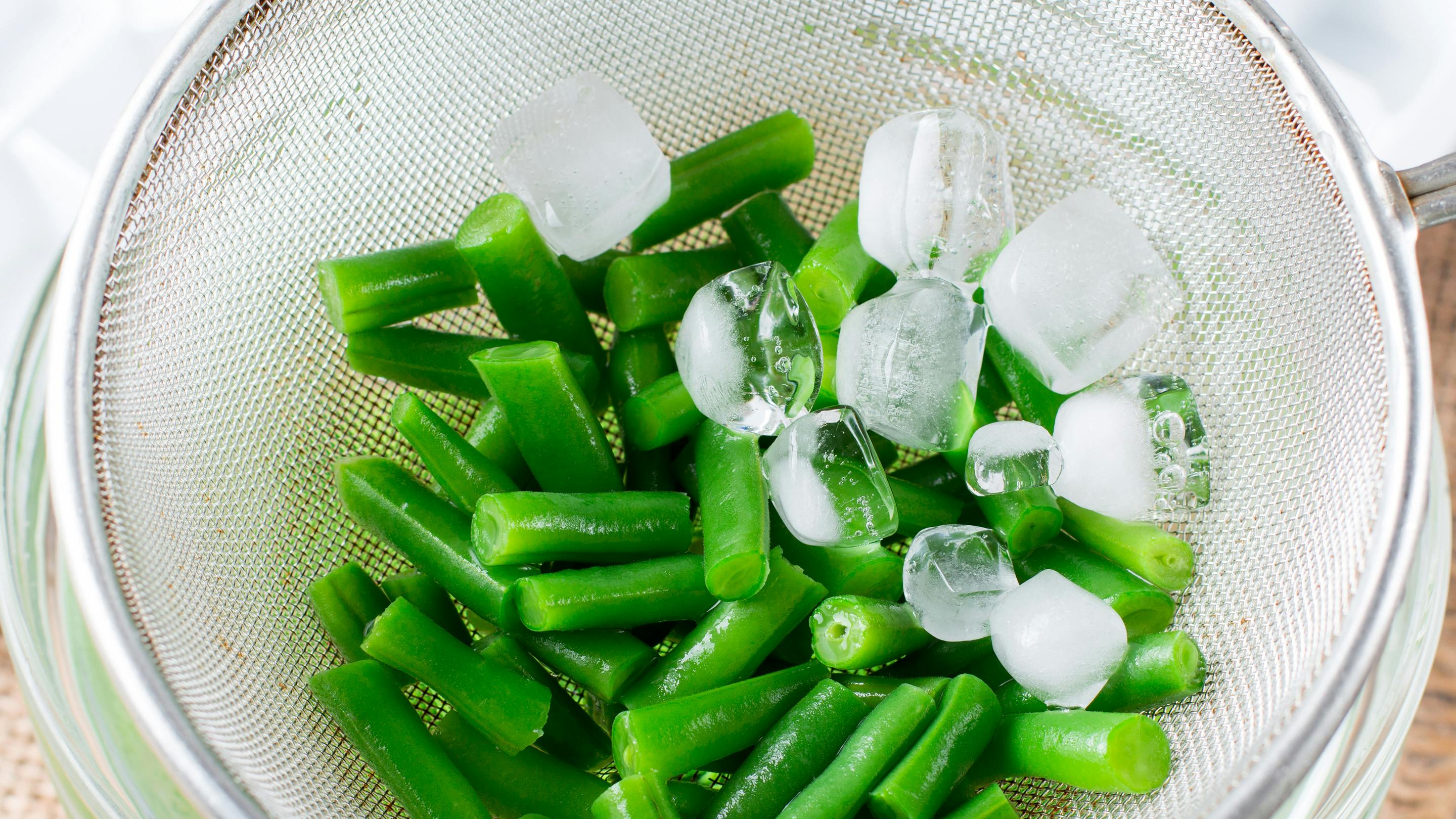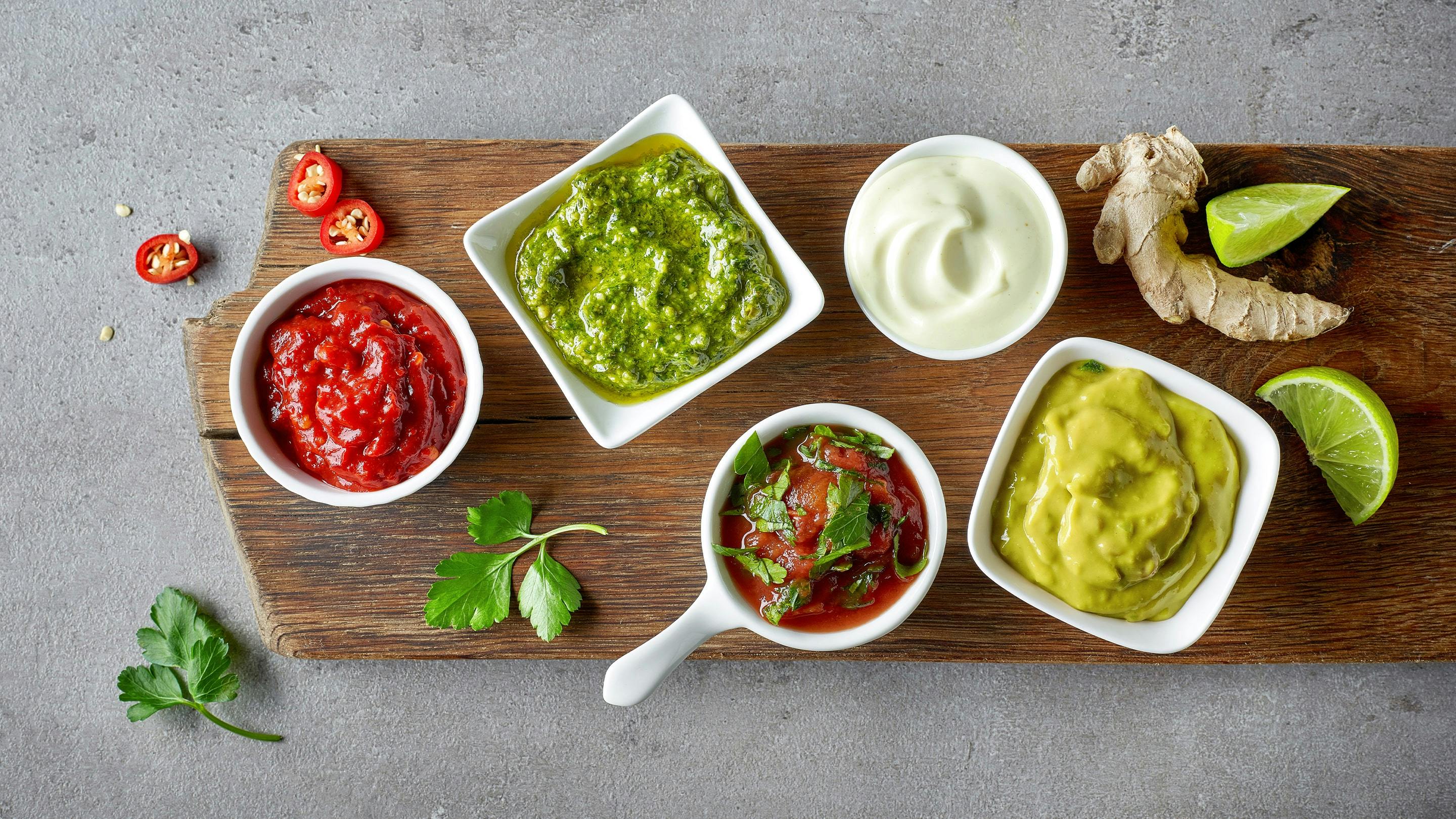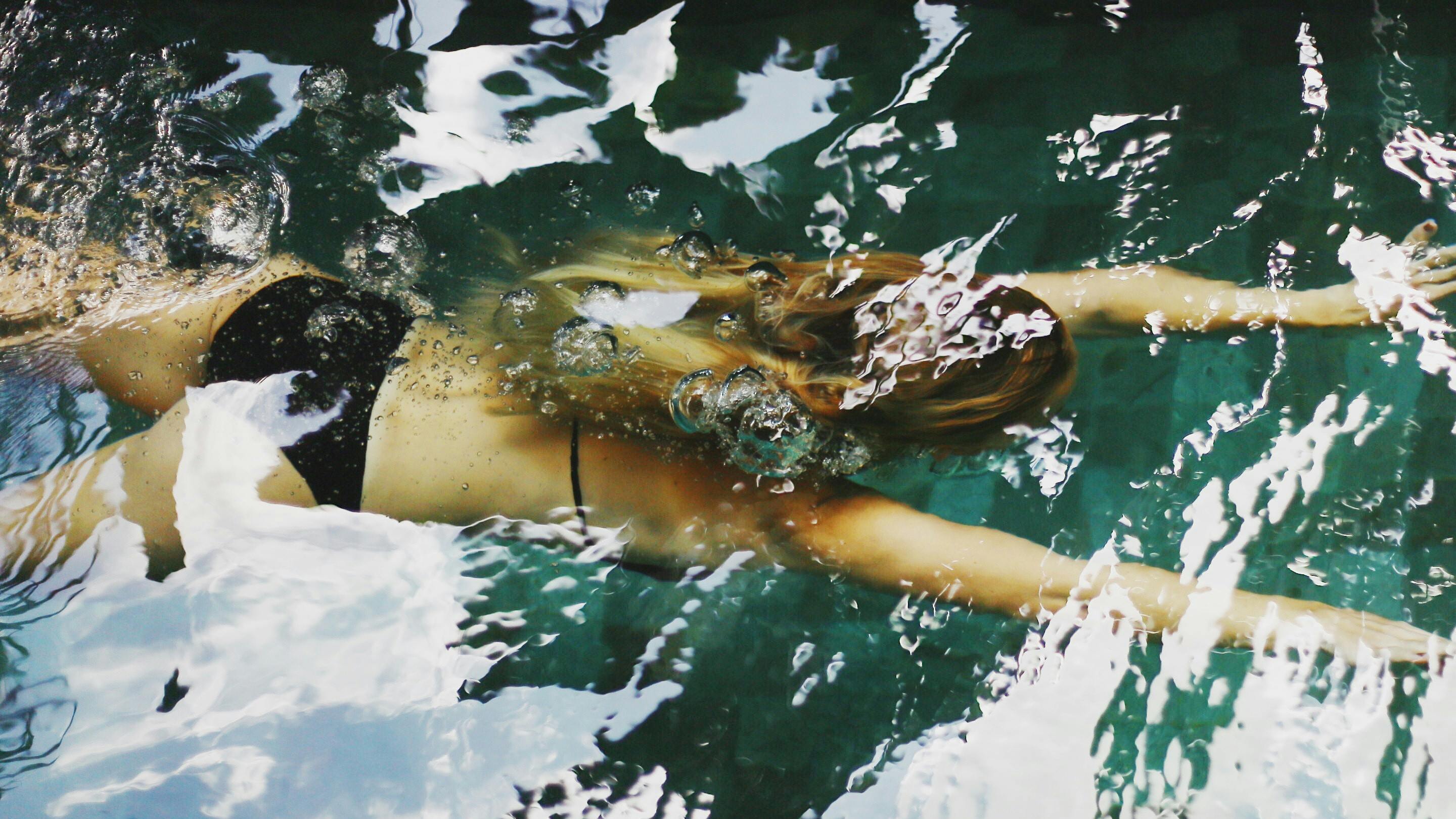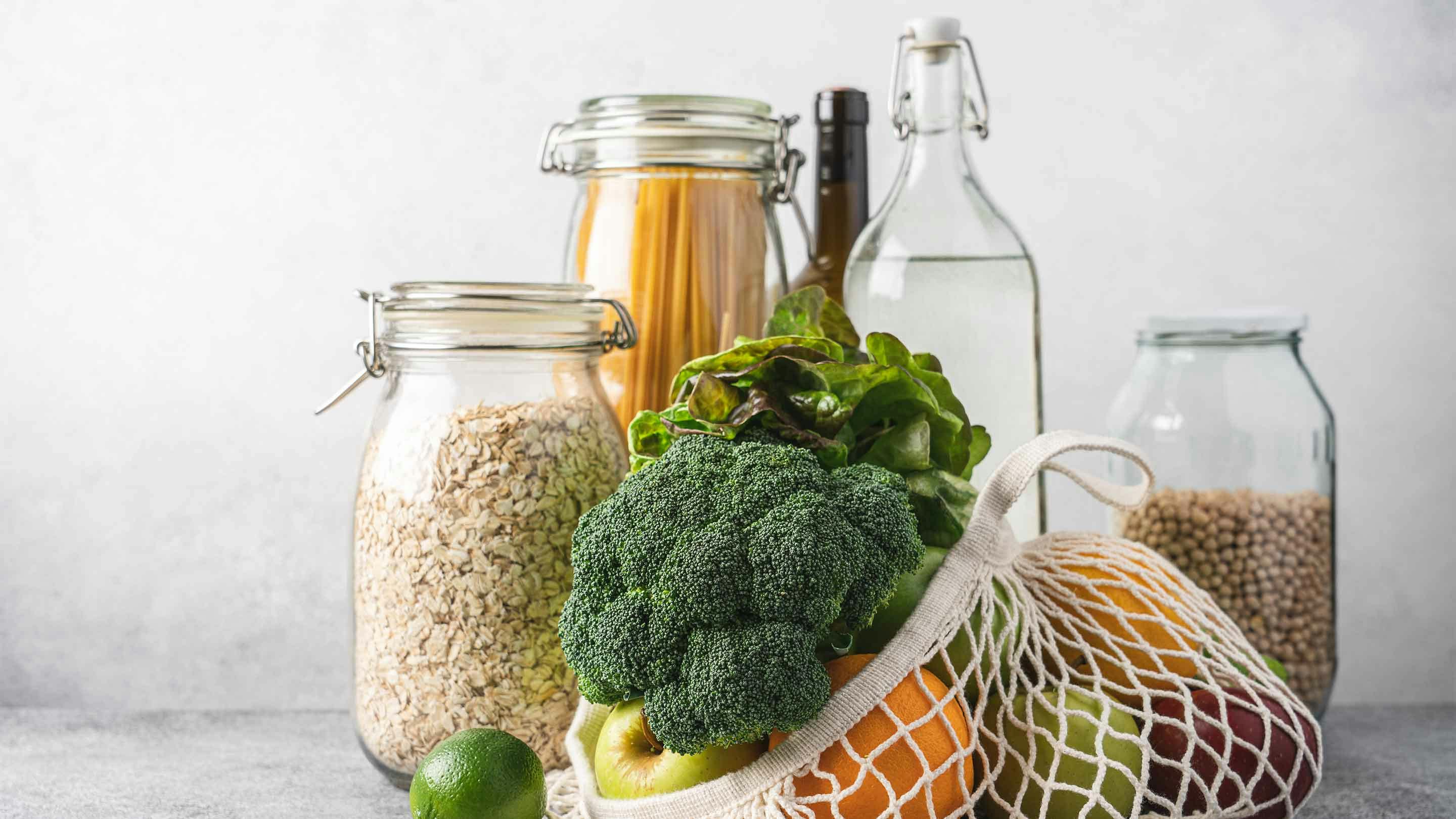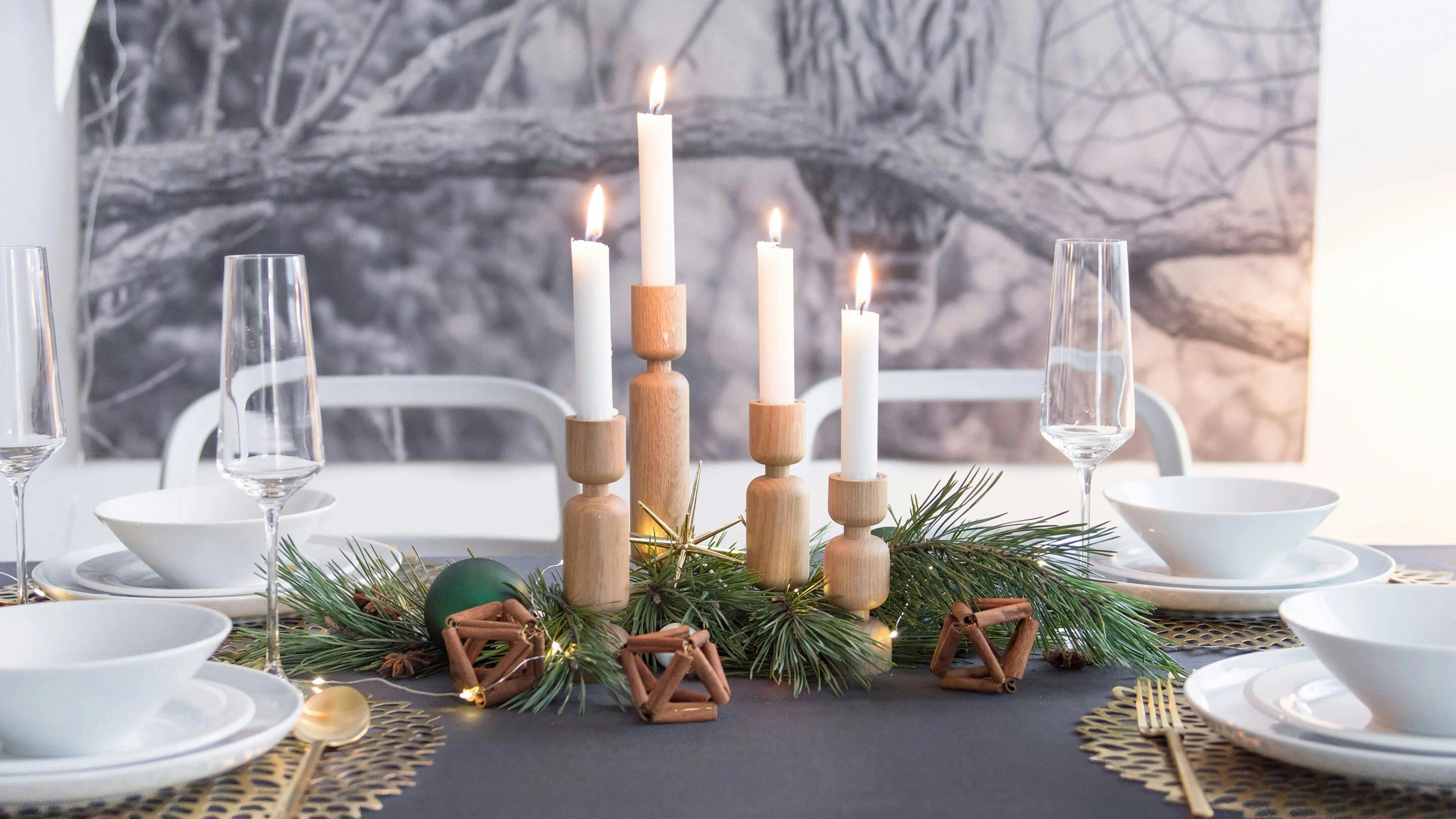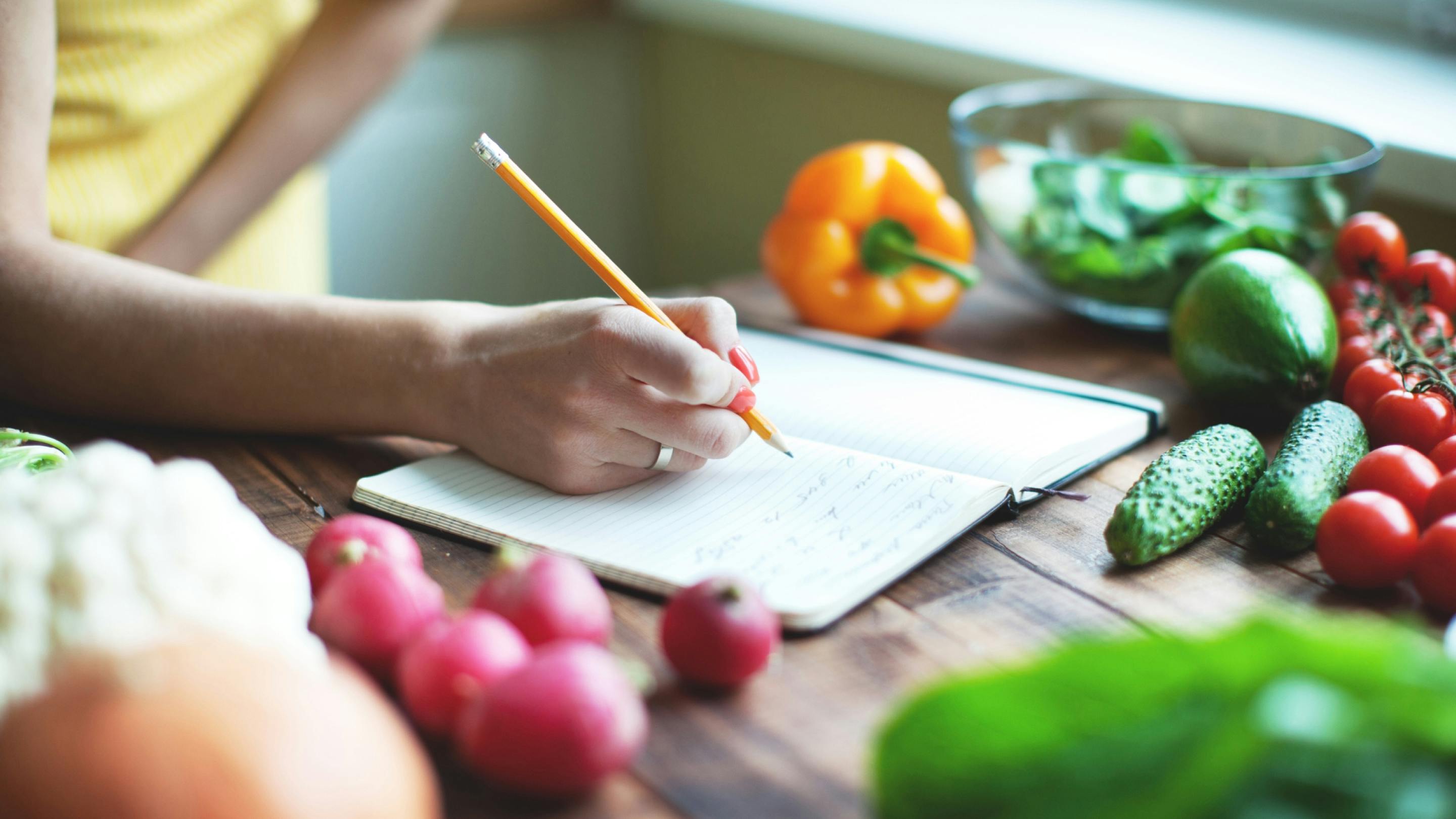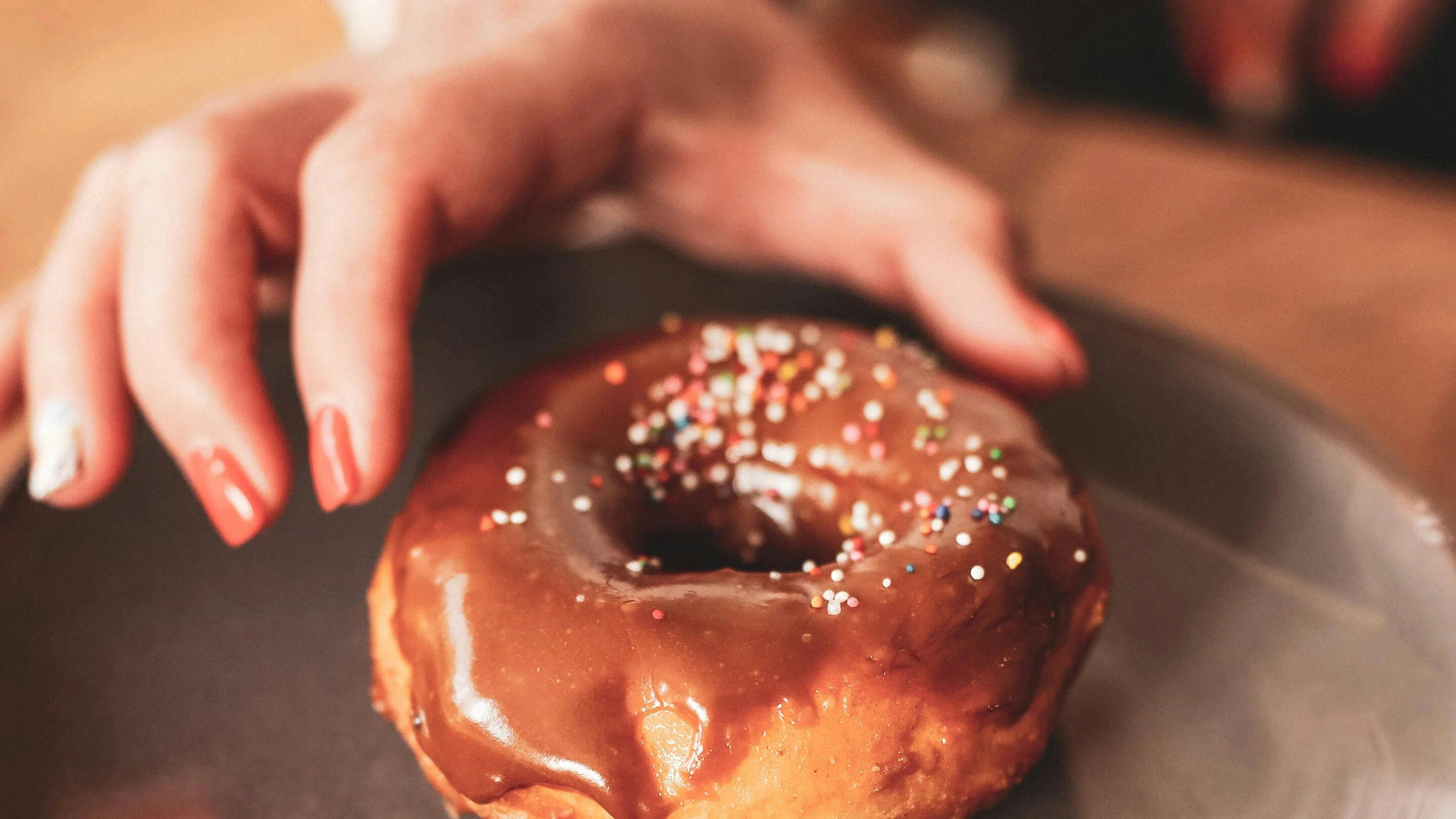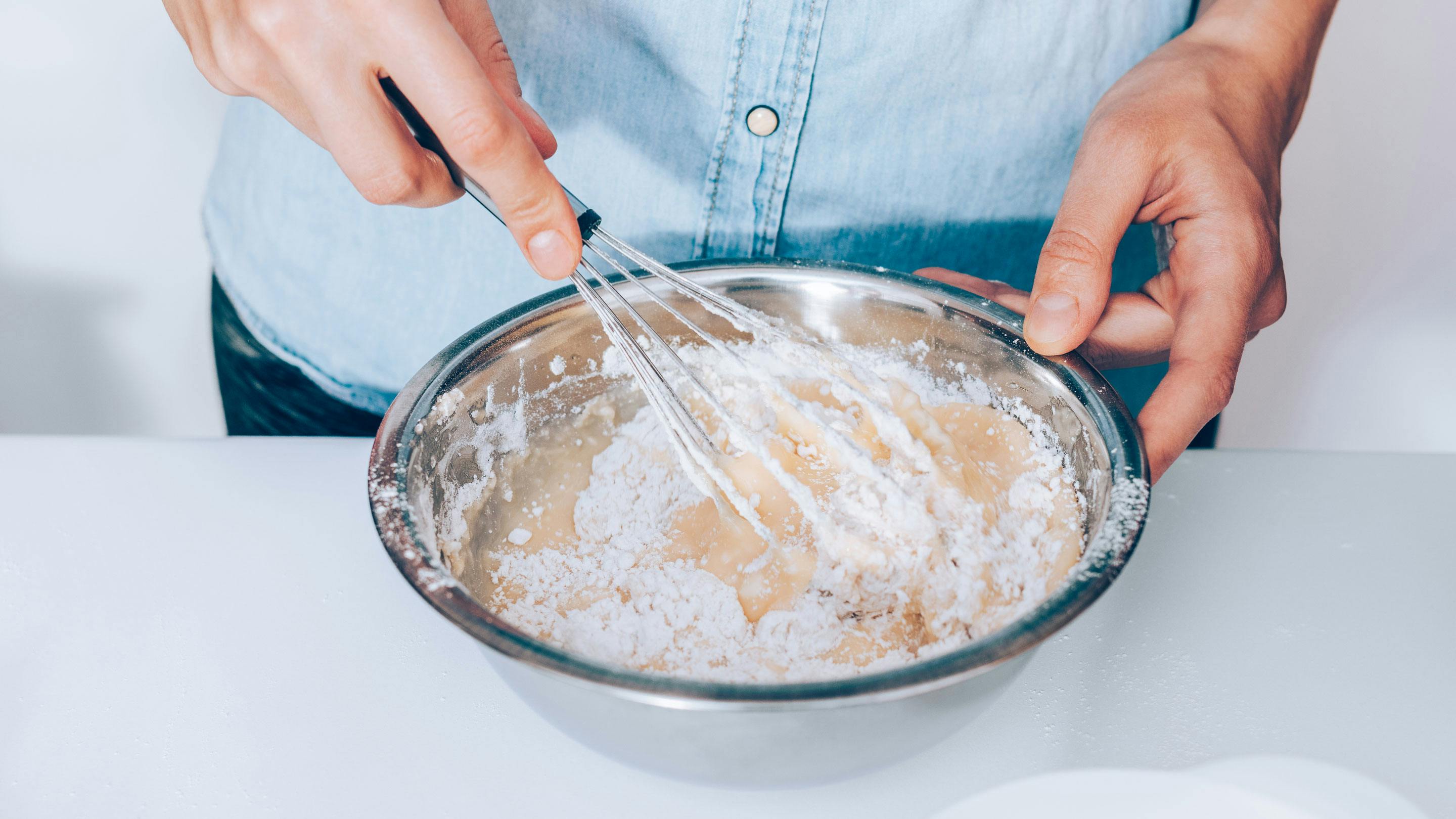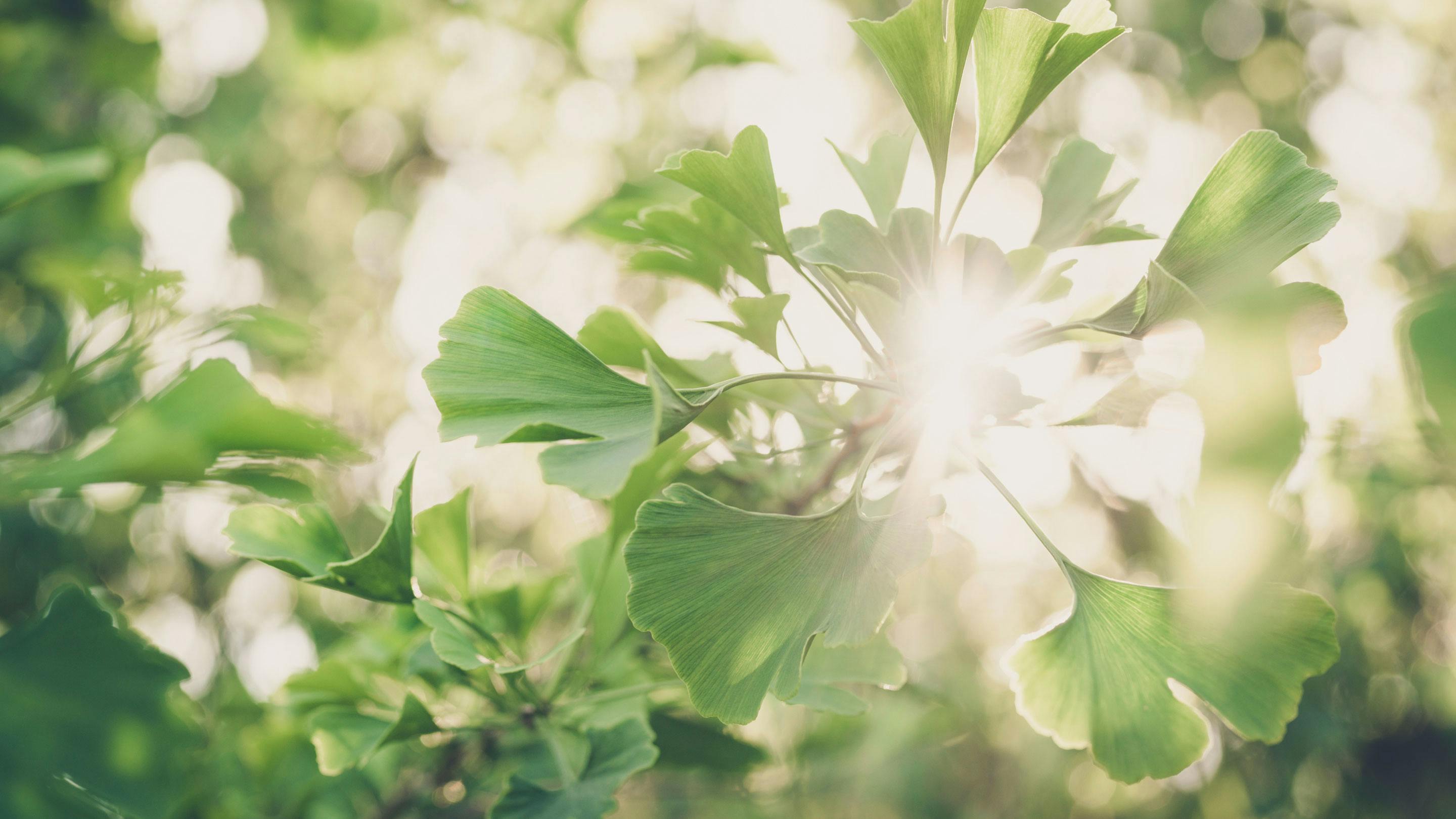Why do people blanch vegetables? And how do you use paprika powder for the perfect goulash? We'll explain the basics of cooking to you, which you can immediately try out with matching recipes.
Quenching
Vegetables can lose their colour when cooked and become soft quickly. Quenching, also known as refraching, helps with this. This means that vegetables retain their colour, remain crunchy and lose less flavour when cooked. Cooked meat can also be quenched: This means it retains its colour after being reheated and does not fall apart as easily when cut.
When quenching, you abruptly interrupt the cooking process. This means that you immerse food from the hot water directly into cold water for a few seconds or pour it over it. To do this, simply place a bowl of cold water next to the cooking pot and transfer the food into the bowl using a straining spoon. For particularly tender vegetables such as spinach or beans, cold water alone is sometimes not enough to keep them crisp. Then you should add ice cubes to the water – it’s best to put a sieve in the bowl, then you can easily take everything out again. If you want to try out what freshly quenched vegetables taste like, we recommend our crunchy broccoli and red cabbage salad with apple.
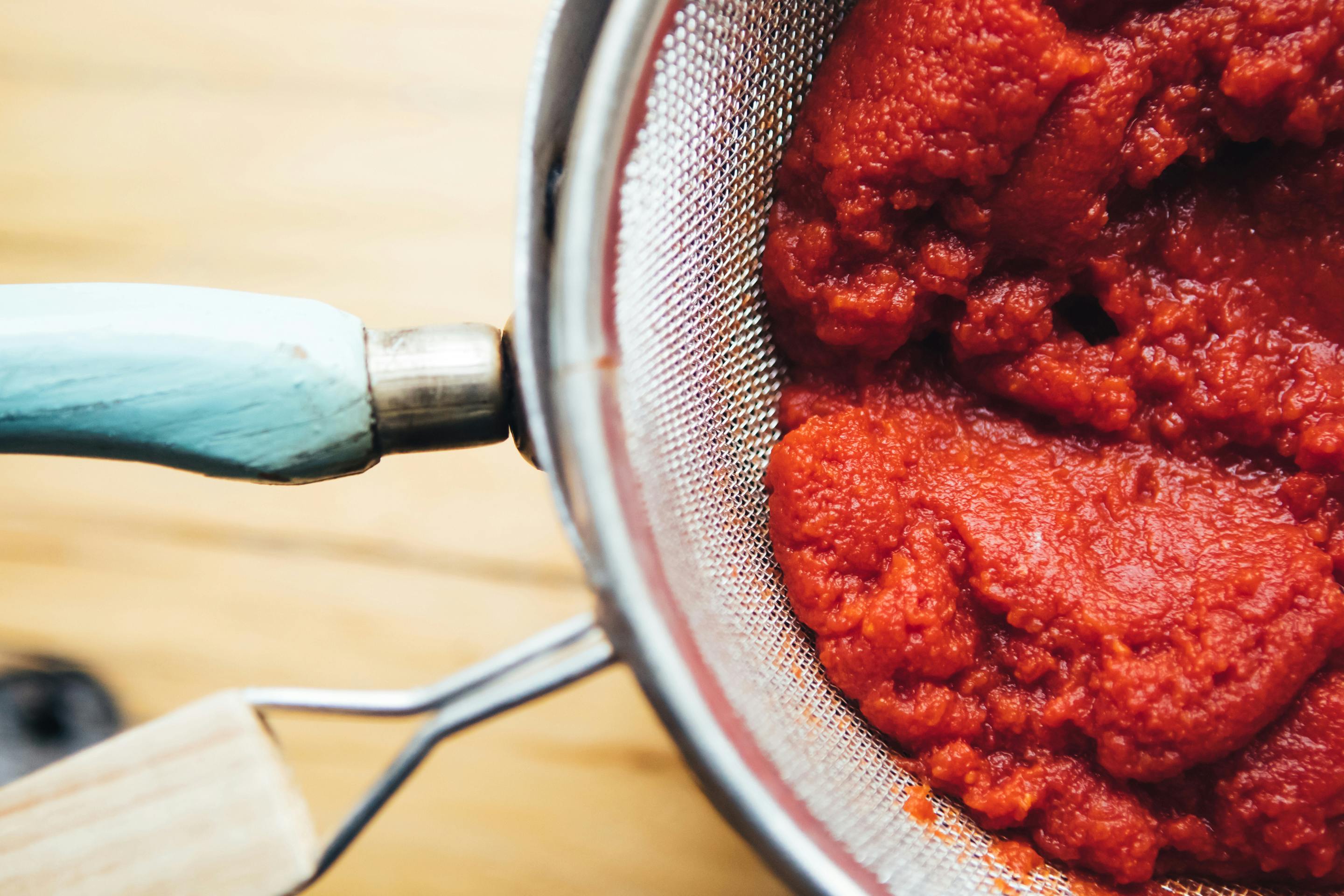
Straining
You’ve probably been in this situation before: you spread jam on your freshly buttered bread, take a bite, and immediately have annoying raspberry seeds (they’re really called that!) between your teeth. What can you do about it? Strain and sieve, as this process makes creams, jams, sauces, and soups wonderfully creamy and separates components like seeds.
To sieve, pour a liquid, for example, your soup, through a fine sieve or cloth. Soft ingredients like boiled potatoes or tomatoes can be pressed through with a spoon. Even better, you can use a food mill, the so-called “Flotten Lotte”, with which you can easily create creamy apple sauce on your plate with just a few turns.
Quick tip: You can cook herbs or spices like caraway in a tea infuser. This way, they can be easily removed before serving, and you can often save yourself the straining process.
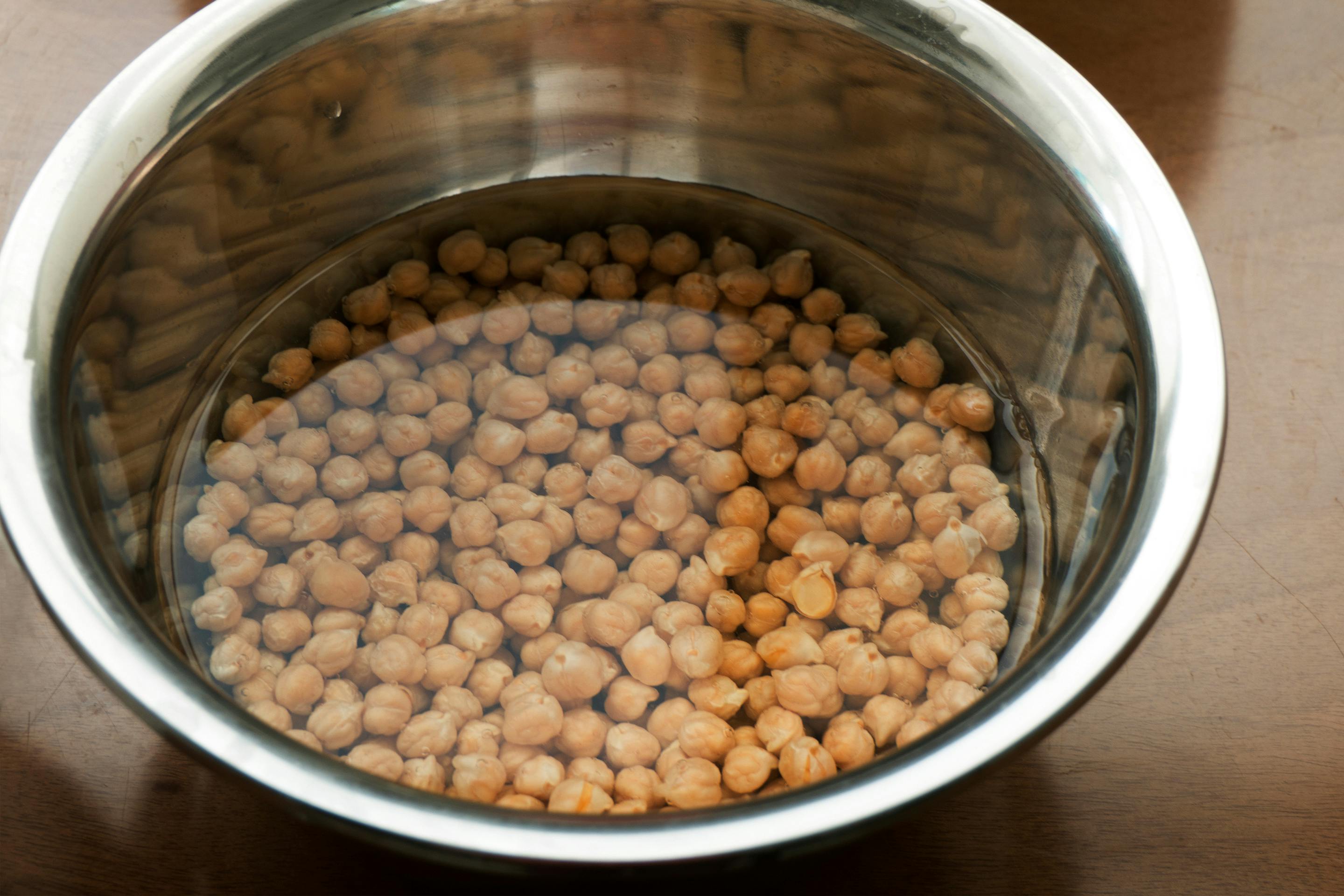
Soaking
Soaking legumes, grains, flour, pasta, and gelatin in water allows them to absorb water, making them easier to handle, quicker to cook, and often more digestible.
The soaking time varies from ingredient to ingredient. For example, beans and lentils should soak in water overnight, which reduces their cooking time by half. On the other hand, couscous and bulgur are typically poured over with hot water or vegetable broth and left to swell for up to half an hour. One of our favourite dishes with couscous is stuffed peppers with a pea-mint dip – they are quick to prepare, vegetarian, and taste fantastic.
Spicing with paprika
First, it’s important to choose the right paprika powder. The taste ranges from spicy and smoked paprika to the classic sweet paprika. To properly season a dish with paprika powder, it should be sprinkled into hot fat or a roux, as this allows the flavour to fully unfold. It’s crucial to briefly roast the paprika powder, as it burns quickly and can become bitter. The mixture is then deglazed with wine or diluted vinegar. Broth or water is not ideal for this purpose, as acidity is needed to maintain the red colour. If you’re intrigued, we recommend trying our recipe for beef goulash with butter dumplings, which we’ve adapted for vegetarian delights with smoked tofu goulash, and it tastes just as good.
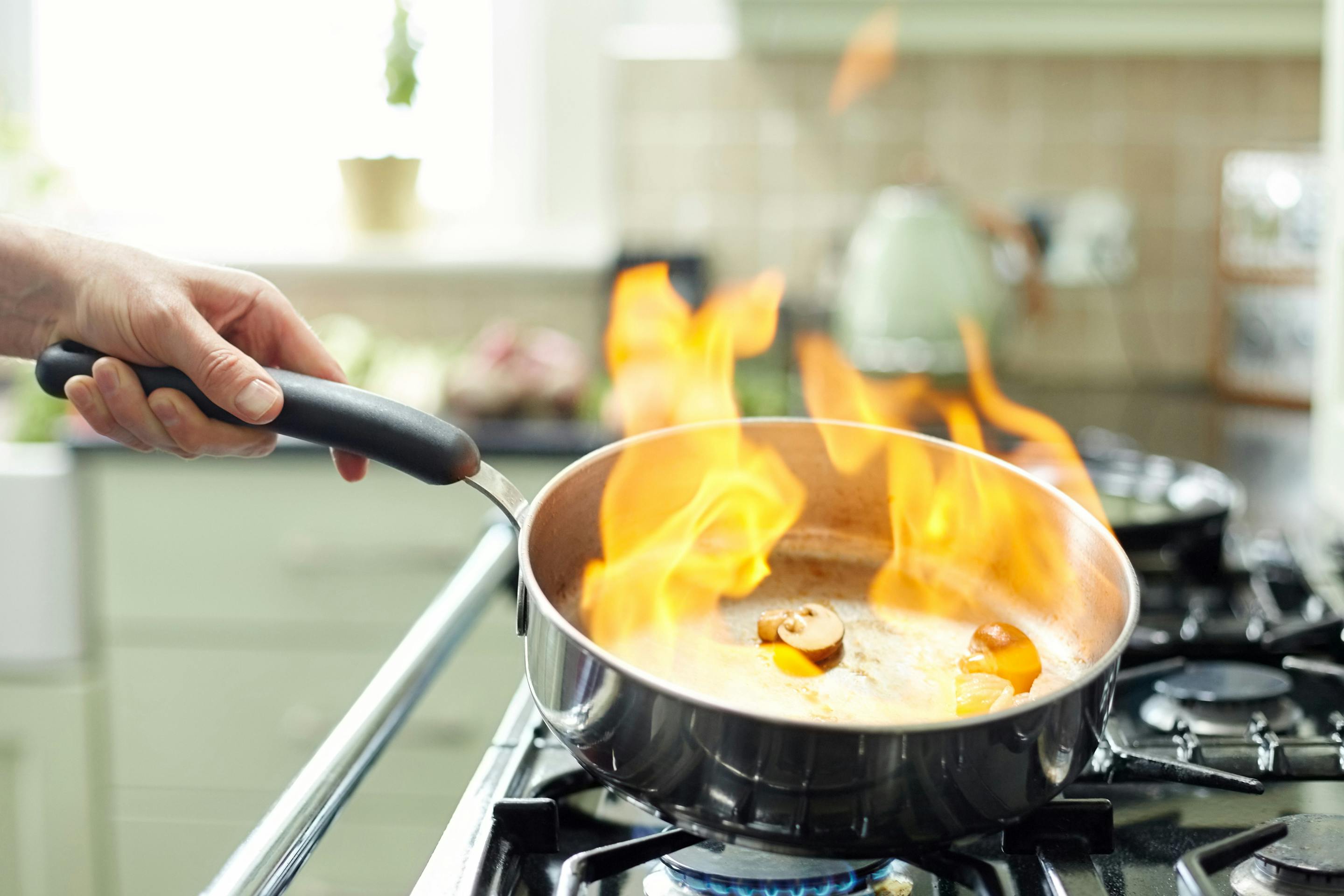
Flambéing
Flambéing involves using alcohol and fire, but it’s not as simple as it may seem. Flambéing is more than just a spectacle for guests; it’s about adding the fine aroma of spirits to a dish, as the alcohol itself is ignited. Main courses with meat and desserts, such as flambéed bananas, benefit from this subtle flavour note.
To impart this aroma to your dish through flambéing, you need to choose the right spirit in an appropriate quantity. High-proof spirits like brandy, cognac, whiskey, or rum work best for this purpose. You can flambé your dish directly in the pan by adding the alcohol and then holding a long match over the pan. Another option is to flambé the dish directly at the table, which provides a great spectacle. In both cases, the flame will extinguish on its own once the alcohol has burned off. To avoid a visit from the fire department for an apéritif or singed eyebrows on your guests, make sure you have enough space and a non-flammable surface. If you’re now tempted to try flambéing, we recommend our Feuerzangenbowle (fire-tongs punch) for the cold season – it’s a real showstopper!
You can find more kitchen basics and explanations of cooking methods on our blog. Additionally, we regularly share great recipes on Facebook and Instagram, so feel free to drop by!
Spice up the web! Share this article on...
Read more
Currently Viewing: 1 of

